Combat use of heavy tanks EC-3
After the adoption tank IS-3 in service in March 1945 and putting the machine into mass production in May of that year at the Chelyabinsk Kirov Plant, it began to enter service with the tank forces of the Red Army (Soviet - from 1946). First of all, the IS-3 tanks were transferred to the armament of the tank regiments to the Group of Forces in Germany, and then to other units. On September 7, 1945, IS-3 heavy tanks marched through the streets of defeated Berlin as part of the 71st Guards Heavy Tank Regiment of the 2nd Guards Tank Army, taking part in the Allied forces parade in honor of the end of World War II. For the first time at a parade in Moscow, the new IS-3 tanks were shown on May 1, 1946.
The arrival of the tank EC-3 in the army coincided with the new organizational restructuring of the units. The organizational reorganization of the tank forces after the end of the Great Patriotic War 1941-1945 began with bringing the name of their organizational forms in accordance with the combat capabilities, as well as the name of the respective forms of rifle troops.
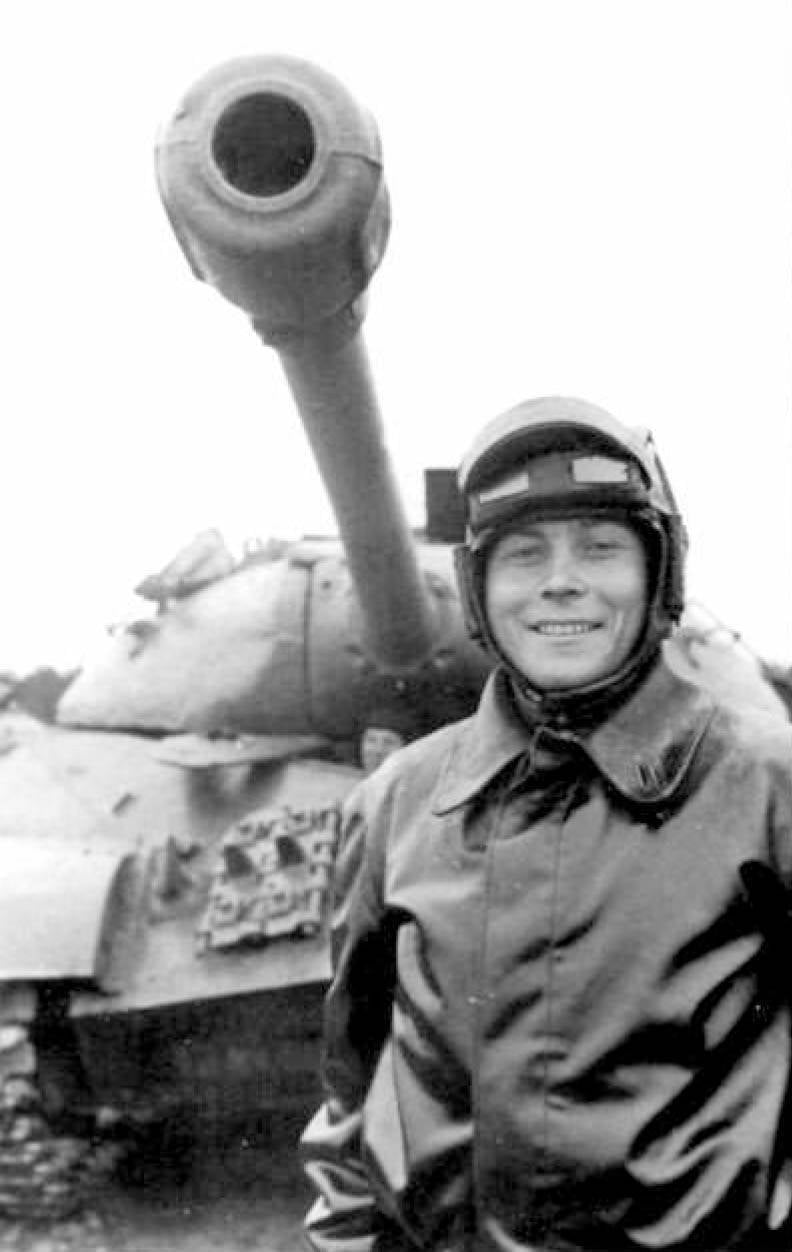
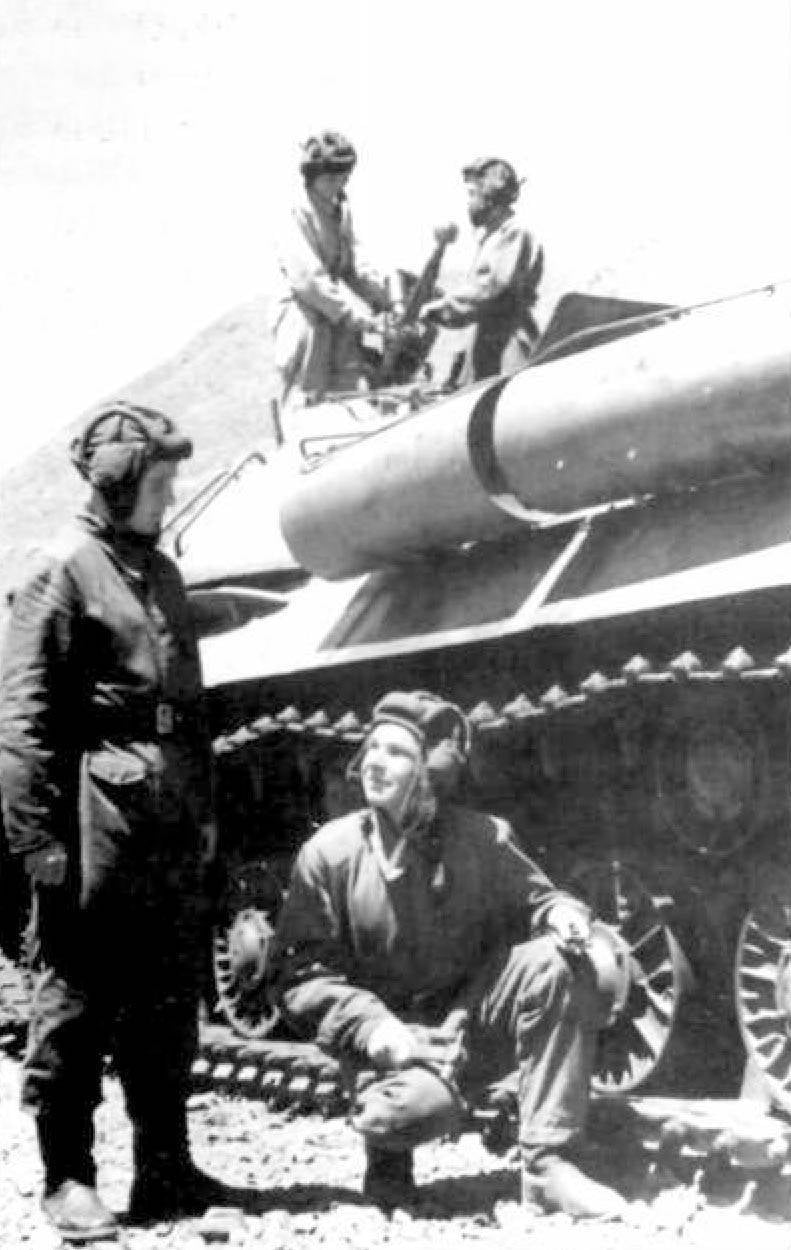
In July, the 1945 of the year approved the lists of states for tank and mechanized divisions, which renamed the tank and mechanized corps of the Red Army. At the same time, the brigade link was replaced by regimental, and the former regimental - by battalion. Of the other features of these states, it is necessary to note the replacement of three types of self-propelled artillery regiments, which had 21 self-propelled units, Guards heavy tank regiment (65 tanks EC-2) and the inclusion in the divisions of howitzer artillery regiment (24 howitzer 122 mm). The result of the transfer of tank and mechanized corps to the states of the respective divisions was that mechanized and tank divisions became the main units of the tank forces.
In accordance with the instructions of the General Staff, the transfer of tank divisions to new states began in October of 1. In the new states, the tank division consisted of: three tank regiments, a heavy tank regiment, a motorized rifle regiment, a howitzer division, an anti-aircraft artillery regiment, a division of guards mortars, a motorcycle battalion, an engineer battalion, and logistics and technical support units.
Tank regiments in these states retained the structure of the former tank brigades and were of the same type but in service. In total, the division's tank regiment consisted of 1324 man, 65 medium tanks, 5 armored vehicles and 138 vehicles.
The motorized rifle regiment of the tank division did not undergo any changes as compared with the motorized rifle brigade of the war period — it still did not have tanks.
In reality, a heavy tank self-propelled regiment with two battalions of heavy tanks, a battalion of self-propelled rigs SU-100, a battalion of machine gunners, an anti-aircraft battery, and companies: reconnaissance, control, transport, and repair; platoons: economic and health. In total, the regiment consisted of: personnel 1252 man, 46 heavy tanks EC-3, 21 self-propelled unit SU-100, 16 armored personnel carriers, six anti-aircraft guns caliber 37 mm, 3 DShK machine gun and 131 car.
The organizational structure of the mechanized divisions, regardless of their organizational affiliation, was unified and corresponded to the structure and combat composition of the mechanized division of the infantry corps.
The mechanized division 1946, it was: three mechanized regiment, tank regiment, as well as heavy tankosamohodny regiment, battalion Guards mortar, howitzer regiment, anti-aircraft artillery regiment, Mortar Regiment, motorcycle battalion, engineer battalion, a separate communications battalion, medical battalion, and company management.
As is known, during the war years, the highest organizational form of tank forces, their operational association were tank armies.
Considering the increase in the post-war years of the combat capabilities of the troops of probable adversaries, the Soviet leadership came to the conclusion that it was necessary to drastically increase the combat capabilities of the unions of tank forces and increase their number. In this connection, during the organization of the ground forces, nine mechanized armies were formed in their composition instead of six tank armies.
The new association of tank forces differed from the tank army of the period of the Great Patriotic War by including two tank and two mechanized divisions in its structure, which increased (its) combat power and operational independence. In the mechanized army in the number of different weapons were 800 medium and 140 heavy tanks (EC-2 and EC-3).
Considering the increasing role and proportion of tank forces and a change in their organizational structure, already in the first post-war years, attempts were made to clarify the previous provisions on the use of armored troops in the offensive, taking into account changes in the conditions of warfare. For this purpose, a number of military and command-staff exercises, war games, field trips and military science conferences were held in 1946-1953. These events had a great influence on the development of official views of the Soviet military leadership on the use of tank forces in the offensive, which were enshrined in the Field Regulations of the Armed Forces of the USSR (corps, division) 1948 of the year, the Combat Regulations of the BT and MB of the Soviet Army (division, corps, battalion) 1950 of the year, draft instruction on the conduct of operations (front, army) 1952 of the year and the Field Charter of the Soviet Army (regiment, battalion) of the 1953 of the year.
In accordance with this and the adopted documents, the offensive was considered as the main type of combat operations of the troops, as a result of which the main objectives for the complete defeat of the opposing enemy could be achieved. From the point of view of the sequence of solving combat tasks, the offensive was divided into two main stages: the breakthrough of the enemy defense and the development of the offensive. At the same time, the defense breakthrough was considered the most important of the offensive stages, since it was only as a result of its implementation that conditions were created for the successful development of the offensive in depth. According to the views of the Soviet military leadership, the offensive began with a breakthrough prepared or hurriedly occupied by the enemy defense. The breakthrough of the prepared defense was considered the most difficult type of attack, as a result of which he paid special attention to the guiding documents and the practice of combat training of troops.
When attacking a prepared defense and a fortified area, the heavy tank-self-propelled regiment was intended to reinforce medium tanks and infantry. It was usually given to rifle compounds. His heavy tanks and self-propelled artillery mounts were used to directly support infantry, combat tanks, self-propelled guns, artillery and enemy firing points located in fortifications. After breaking through the enemy’s tactical defense to its entire depth, the army’s heavy tank self-propelled regiment was withdrawn into the reserve of the corps commander or army commander and could later be used as appropriate for fighting tanks and self-propelled artillery units and formations.
The transition of troops in the first post-war years to a new organizational basis greatly increased their capabilities to create a stable and active defense.
Tank and mechanized units, formations and formations in defense were supposed to be used mainly in the second echelon and reserves for delivering powerful counterstrikes and counterattacks from the depths. Along with this, domestic military theory allowed the use of tank and mechanized divisions, as well as a mechanized army to conduct independent defense on the main axes.
In the defense of the rifle division, part of the units of the tank-self-propelled regiment was attached to the rifle regiment of the first echelon. The greater part, and sometimes the whole regiment, was supposed to be used as a tank reserve by the commander of a rifle division to carry out counterattacks in the event that the enemy broke through the first position of the main line of defense.
A separate heavy tank-self-propelled regiment (EC-2, EC-3 and SU-100) in the defense of the combined-arms army was planned to be used as a tank reserve by the army commander or rifle corps to carry out counterattacks against the enemy penetrated into the defense, especially in the directions of actions of his tank groupings.
In the event of an enemy breakthrough to the depth of defense of the first echelon regiments, the holding of counterattacks by the forces of tank reserves was considered inexpedient. Under these conditions, the defeat of the penetrated enemy and the restoration of the defense was assigned to the second echelons of the rifle corps, which were based on the experience of the exercise mechanized divisions.
In contrast to the counterattacks during the Great Patriotic War, which usually took place only after preliminary occupation of the initial position, the mechanized division, as a rule, conducted a counterattack on the move, using parts of the tank regiments that used medium T-34-85 tanks support of the heavy tanks EC-2, EC-3 and self-propelled rigs SU-100 of the heavy tank self-propelled regiment. This method to a greater extent provided a strong initial blow.
In a front-line defensive operation, the mechanized army usually constituted the second echelon of the front or reserve of the front and was intended to inflict a powerful counterattack on the enemy and go over to the offensive.
Considering that the advancing enemy had the opportunity to create groups of considerable strength and impact, saturated with tanks and fire weapons, it was planned to build a defense that was already in depth and fully anti-tank. To this end, the subunits of the heavy tank self-propelled regiment were attached to the infantry battalion and the infantry regiment of the first echelon to strengthen the anti-tank infantry defense in the first position or depth of defense.
To enhance the anti-tank defense of the rifle corps and the rifle division defending in important areas, it was planned to use part of the divisions of individual heavy tank self-propelled regiments of the combined-arms army and the RVGK.
In order to increase the stability of defense in the national military theory, the use of formations, as well as tank armies for defense and in the first echelon, and not only during offensive operations, but also during defensive operations, was envisaged.
Nuclear missile appearance weaponswhich became the decisive means of warfare, influenced the features of the development of organizational forms of tank forces throughout the 50-s and early 60-s, since the first tests of nuclear weapons showed that armored weapons and equipment were the most resistant to their effects.
At the beginning of the 50-ies, in connection with the development of methods of conducting combat operations in the conditions of the use of nuclear weapons and the arrival of new equipment to the troops, active work was carried out to improve the staff organization.
To increase the survivability of troops in the conditions of the use of nuclear weapons by the new states adopted in 1953-1954, a sharp increase in the number of tanks, armored personnel carriers, artillery and anti-aircraft weapons in their composition was envisaged.
According to the new states of the tank and mechanized divisions adopted in 1954, the mechanized regiment was introduced into the tank division, and 5 tanks were included in the tank platoon of the tank regiment. The number of tanks in the tank regiment increased to 105 machines.
In the middle of 1954, new states were introduced for the mechanized divisions of rifle corps. In the mechanized division there were: three mechanized regiments, a tank regiment, a heavy tank regiment, a separate mortar battalion, an artillery regiment, an anti-aircraft artillery regiment, a separate reconnaissance battalion, a separate engineer battalion, a separate communications battalion, a company of radiochemical protection and a helicopter unit.
The new organization has a tendency to reduce the specific weight of rifle subunits as part of formations and units, confirmed by the replacement of heavy tanker self-propelled regiments with tank and mechanized battalion divisions with motorized rifle companies. This was due to the desire to reduce the number of personnel not covered with armor, and thereby increase the anti-nuclear stability of parts and formations.
As the experience of the battles of the Great Patriotic War and the post-war exercises showed, the armies that broke through the enemy defenses needed to increase their striking power, which at that time was carried by the heavy tanks EC-2 and EC-3.
In 1954, it was decided to form heavy tank divisions. The heavy tank division consisted of three heavy tank regiments, armed with 195 heavy tanks such as the EC-2 and EC-3. Characteristic in the organizational structure of the heavy tank division was: the low proportion of infantry (only one motorized rifle company in each of the three regiments), the absence of field artillery, a reduced composition of combat support and service units.
In the same year, the number of tank (or self-propelled artillery) battalions in the mechanized army was increased from 42 to 44 (including heavy ones from 6 to 12), the number of motorized rifle battalions was reduced from 34 to 30. Accordingly, the number of medium tanks increased to 1233, heavy - to 184.
The number of heavy tanks in the CA armored division remained unchanged - 46 tanks EC-2 and EC-3. The number of heavy tanks in the mechanized division increased from 24 to 46, that is, by the number of heavy tanks EC-2 and EC-3, it became equal to the tank division.
Such structures and the composition of divisions were determined by their purpose and methods of combat use and provided them with high impact force, mobility and controllability.
The main directions of improving the organizational and staffing structure of tank and mechanized divisions were to increase their combat independence, as well as survivability, achieved by increasing their firepower, striking power and capabilities for the comprehensive support of combat operations. At the same time, there were tendencies to increase the uniformity of the combat composition of tank formations and units and to reduce the proportion of infantry in their composition.
The need to protect the personnel of the mechanized units and formations from defeat by their enemy fire weapons was confirmed by the Hungarian events of the fall of 1956 of the year.
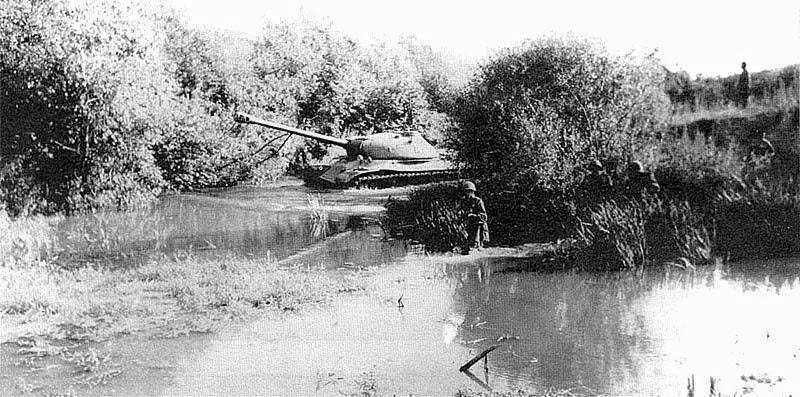
During the Great Patriotic War, Hungary fought on the side of Germany. On the Eastern Front, 200, thousands of Hungarian servicemen, fought against the Red Army in the USSR. Unlike other allies of Nazi Germany - Italy, Romania, Finland, who after the defeat of the Wehrmacht in 1943-1944 in time turned the weapon on 180 degrees, the Hungarian troops in their overwhelming majority fought to the end. The Red Army lost 200 thousand people in the battles for Hungary.
According to the 1947 peace treaty of the year, Hungary lost all its territories acquired on the eve and during the Second World War, and was forced to pay reparations: 200 million dollars to the Soviet Union and 100 million Czechoslovakia and Yugoslavia. The Soviet Union, in accordance with the treaty, had the right to keep its troops in Hungary, necessary to maintain communications with its group of troops in Austria.
In 1955, the Soviet troops left Austria, but in May of the same year Hungary joined the Warsaw Pact, and the CA troops were left in the country in a new capacity and were named Special Corps. The Special Corps included 2-I and 17-I Guards mechanized divisions, from the Air Force - 195-I fighter and 172-I bombing divisions, as well as auxiliary parts.
Most of the Hungarians did not consider their country guilty of unleashing World War II and believed that Moscow had acted extremely unfairly with Hungary, despite the fact that the former Western allies of the USSR in the Anti-Hitler Coalition supported all the points of the 1947 peace treaty of the year. In addition, Western Voice of America, BBC and others actively influenced the Hungarian population, calling for their fight for freedom and promising immediate assistance in the event of an uprising, including the invasion of NATO troops on the territory of Hungary.
October 23 1956 in the atmosphere of the impending public explosion and under the influence of the Polish events in Budapest, the 200-thousandth demonstration was held, in which representatives of almost all segments of the population took part. It began under the slogans of the country's national independence, democratization, the complete correction of the mistakes of the “rakoshisky leadership”, bringing to justice those responsible for the repression of 1949-1953. Among the demands were: the immediate convocation of a party congress, the appointment of Imre Nadi as prime minister, the withdrawal of Soviet troops from Hungary, the destruction of the monument to I.V. Stalin. In the course of the first clashes with the security forces, the character of the manifestation changed: anti-government slogans appeared.
The first secretary of the Central Committee of the Volunteer General Assembly, Gere, appealed to the Soviet government with a request to bring Soviet troops stationed in Hungary into Budapest. In a radio address to the people, he qualified what happened as a counter-revolution.
On the evening of October 23, the uprising began on 1956. Armed demonstrators seized a radio center, a number of military and industrial facilities. A state of emergency was introduced in the country. At this time, about 7 thousand Hungarian troops and 50 tanks were deployed in Budapest. At night, the Plenary Meeting of the Central Committee of the VTP formed a new government headed by Imre Nagy, who, attending the meeting of the Central Committee, did not object to inviting the Soviet troops. However, the next day, when the troops entered the capital, Nagy rejected the request of the Soviet Ambassador to Hungary Yu.V. Andropov sign the corresponding letter.
On October 23, 1956, at 23 p.m. the Chief of the General Staff of the Armed Forces of the USSR, Marshal of the Soviet Union V. Sokolovsky, by telephone with a high-frequency signal, ordered the commander of the Special Corps, General P. Lashchenko, to deploy troops to Budapest (Compass plan). In accordance with the decision of the Government of the USSR “on providing assistance to the Hungarian People’s Government in connection with the political unrest that arose in the country,” the USSR Ministry of Defense involved only five divisions of the ground forces in the operation. They included 31550 personnel, 1130 tanks (T-34-85, T-44, T-54 and IS-3) and self-propelled artillery pieces (SU-100 and ISU-152), 615 guns and mortars, 185 anti-aircraft guns, 380 armored personnel carriers, 3830 vehicles. At the same time were put on full alert aviation divisions with 159 fighters and 122 bombers. These planes, in particular, the fighters that covered the Soviet troops, were needed not against the rebels, but in case NATO airplanes appeared in Hungary. Also, some divisions on the territory of Romania and the Carpathian Military District were put on high alert.
In accordance with the plan "Compass" on the night of October 24 1956, units of the 2 Guards Division were introduced into Budapest. The 37 tank and 40 mechanized regiments of this division managed to clear the center of the city from the rebels and take under protection the most important points (railway stations, banks, airfield, government offices). In the evening, they were joined by units of the 3 Infantry Corps of the Hungarian People’s Army. In the first hours, they destroyed about 340 armed rebels. The numerical and combat strength of the Soviet units stationed in the city comprised about 6 thousand soldiers and officers, 290 tanks, 120 armored personnel carriers and 156 guns. However, this was clearly not enough for fighting in a big city with a population of 2 million.
In the morning of October 25, the 33-I Guards Mechanized Division approached Budapest, and by the evening the 128-I Guards Rifle Division. By this time, the resistance of the rebels in the center of Budapest intensified. This happened as a result of the murder of a Soviet officer and the burning of a single tank during a peaceful rally. In this connection, the 33 division was assigned a combat mission: to clear the central part of the city from the armed forces, where the rebel strongholds had already been established. They used anti-tank and anti-aircraft guns, grenade launchers, anti-tank grenades and incendiary bottles to fight Soviet tanks. As a result of the battle, the rebels lost only killed 60 people.
On the morning of October 28, it was planned to storm the center of Budapest together with the units of the 5 and 6 of the Hungarian mechanized regiments. However, before the start of the operation, the Hungarian units were ordered not to participate in the hostilities.
October 29 ceasefire orders received and the Soviet troops. The next day, the government of Imre Nagy demanded the immediate withdrawal of Soviet troops from Budapest. On October 31, all Soviet formations and units were withdrawn from the city and took up positions in 15-20 km from the city. The headquarters of the Special Corps is located at the airfield in Tekel. At the same time, the Minister of Defense of the USSR Georgy Zhukov was instructed by the CPSU Central Committee "to develop an appropriate plan of measures related to events in Hungary."
1 November 1956 of the year the Hungarian government headed by Imre Nagy announced the country's withdrawal from the Warsaw Pact and demanded the immediate withdrawal of Soviet troops. At the same time, a defensive line was created around Budapest, reinforced by dozens of anti-aircraft and anti-tank guns. In the settlements adjacent to the city, outposts appeared with tanks and artillery. The number of Hungarian troops in the city reached 50 thousand people. In addition, more than 10 thousand people were part of the "National Guard". The number of tanks increased to one hundred.
The Soviet command carefully worked out the operation under the code name "Whirlwind" to seize Budapest, using the experience of the Great Patriotic War. The main task was carried out by the Special Corps under the command of General P. Lashchenko, who was given two tank, two elite parachute, mechanized and artillery regiments, as well as two battalions of heavy mortars and rocket launchers.
The divisions of the Special Corps were aimed at actions in the same areas of the city in which they held objects until they left it in October, which somewhat facilitated the fulfillment of their combat missions.
On 6 on the morning of November 4 on the 1956 of the year, a “Whirlwind” operation was launched on the “Thunder” signal. The forward detachments and the main forces of the 2 and 33 Guards Mechanized Divisions, the 128 Guards Rifle Division in columns along their routes rushed from Budapest from various directions and, overcoming armed resistance on its outskirts, by 7 in the morning they broke into the city.
Combinations of the armies of generals A. Babajanyan and X. Mamsurov began to take active steps to restore order and restore the authorities in Debrecen, Miskolc, Gyor and other cities.
The airborne units of the SA disarmed the Hungarian anti-aircraft batteries, which blocked the airfields of the Soviet air units in Veszprem and Tekel.
Parts of the 2 Guards Division to 7 h. 30 min. they seized bridges across the Danube, the parliament, the buildings of the Central Committee of the party, the ministries of internal and foreign affairs, the State Council and the Nyugati station. A guard battalion was disarmed in the parliament area and three tanks were captured.
The 37 Tank Regiment of Colonel Lipinsky disarmed about 250 officers and “national guardsmen” during the seizure of the building of the Ministry of Defense.
The 87 heavy tank-self-propelled regiment seized an arsenal in the Fot area and also disarmed the Hungarian tank regiment.
During the day of the battle, parts of the division were disarmed before the 600 man, captured about 100 tanks, two artillery warehouses, 15 anti-aircraft guns and a large number of small arms.
Units of the 33 Guards Mechanized Division, without encountering resistance at first, seized the artillery arsenal in Peszentlerinz, three bridges across the Danube, and also disarmed the units of the Hungarian regiment that had gone over to the rebels.
The 108th Parachute Regiment of the 7th Guards Airborne Division disarmed five Hungarian anti-aircraft batteries, which blocked the airfield in Tekla, with sudden actions.
128-th Guards Rifle Division of Colonel N. Gorbunov by the forces of the forward detachments in the western part of the city captured the Budaersh airfield for 7 hours, capturing the 22 aircraft, as well as the barracks of the communications school, disarmed the 7 mechanized regiment, which had tried to affect the station, attempted to affect the station.
Attempts by units of the division to capture the area of Moscow, the Royal Fortress, as well as neighborhoods from the south to Mount Gellert, were not successful due to strong resistance.
As the Soviet divisions moved toward the center of the city, the armed units put up more organized and stubborn resistance, especially with the withdrawal of units to the Central Telephone Station, the Korvin area, the Keleti railway station, the Royal Fortress and Moscow Square. The strong points of the Hungarians became more powerful, and the number of anti-tank weapons increased. A part of public buildings was also prepared for defense.
It was necessary to strengthen the troops operating in the city, and to organize the preparation and support of their actions.
For the quick defeat of the armed detachments in Budapest at the direction of Marshal of the Soviet Union I. Konev, two tank regiments (100 tank regiment of 31 tank division and 128 tank assault regiment of 66 guards rifle division) were additionally assigned to the Special Corps. and 80 th paratroop regiments from 381 th and 7 th Guards airborne division, rifle regiment, mechanized regiment, artillery regiment, and two divisions of the heavy mortar and reactive brigades.
Most of these units were attached to the reinforcement of the 33 th mechanized and 128 th rifle guards divisions.
In order to master strong areas of resistance - the Korvin area, the University campus, the Moscow area, the Korolevskaya square, where armed groups of up to 300-500 people were stationed, the division commanders were forced to draw significant forces of infantry, artillery and tanks, create assault groups and use incendiary shells, flamethrowers, smoke grenades and checkers. Without this, attempts to master these foci of resistance led to large losses in personnel.
5 November 1956, part of the 33 Guards Mechanized Division of General Obaturov after a heavy artillery raid, in which the 11 artillery battalions, which included 170 guns and mortars, were involved, took the last heavily fortified Rebel stronghold in Cor. During 5 and 6 on November, units of the Special Corps continued to eliminate individual rebel groups in Budapest. On November 7, Janos Kadar and the newly formed Government of Hungary arrived in Budapest.
During the fighting, the losses of the Soviet troops were 720 people killed, 1540 wounded, 51 people went missing. More than half of these losses were incurred by parts of the Special Corps, mostly in October. The 7 and 31 units of the Guards airborne divisions lost 85 people killed, 265 wounded and 12 people missing. In street battles a large number of tanks, armored personnel carriers and other military equipment were damaged and damaged. So, part of 33-th Guards Mechanized Division lost in Budapest 14 tanks and self-propelled guns, armored personnel carriers 9, 13 guns, combat vehicles BM 4-13, 6 anti-aircraft guns, machine guns 45, 31 5 car and motorcycle.
The participation of the EC-3 heavy tanks in the fighting in Budapest was the only one in operation during the Soviet tank units. After the modernization of the vehicle, carried out in 1947-1953 years and up to 1960, during the overhaul, first at the industrial plants (ChKZ and LKZ), and then at the overhaul plants of the Ministry of Defense, the EC-3 tanks, designated as EC-3M , exploited by the troops until the end of the 70's.
Subsequently, some of the vehicles were put into storage, some after the service life, and also replacing them with new T-10 heavy tanks — for decommissioning or as targets on tank landfills, and some were used in fortifications on the Soviet-Chinese border as fixed firing points . As noted above, the EC-3 (EC-3М) tanks, together with the EC-2 and T-10 heavy tanks with its subsequent modifications, were removed from the Russian (Soviet) Army in 1993.
Although the tank EC-3 (EC-3M) did not take part in World War 1941-1945, in many cities of Russia it was installed as a monument in honor of the victory in this war. A large number of these machines are available in museums around the world. The EC-3М tanks in Moscow are represented in the exposition of the Central Museum of the Great Patriotic War 1941-1945. on Poklonnaya Hill, in the Museum of the Armed Forces of the Russian Federation, in the Museum of Armored Armament and Equipment in Kubinka.
During serial production, the EC-3 tank was not exported. In 1946, two tanks were transferred by the Soviet government to Poland to familiarize themselves with the machine design and train the trainers. In the 50-s, both cars several times participated in military parades in Warsaw. Subsequently, prior to the start of the 70, one machine was at the Military Technical Academy in Warsaw, and then used as a target at one of the training grounds. The second tank EC-3 was transferred to the Higher Officer School of Tank Forces named after S. Charnetsky, in the library of which it is kept to the present.
In 1950, one tank EC-3 was transferred to Czechoslovakia. In addition, a significant number of EC-3 tanks were transferred to the DPRK. In the 60-ies in the two North Korean tank divisions there was one regiment of these heavy machines.
At the end of the 50-s, tanks such as EC-3 and EC-3M were delivered to Egypt. 23 July 1956, the EC-3 tanks took part in the parade in honor of the "Independence Day" in Cairo. Most of the EC-3 and EC-3М tanks from 100 vehicles delivered to Egypt arrived in this country in the 1962-1967 years.
These tanks took part in the fighting during the so-called "six-day" war, which began on June 5 on the Sinai Peninsula between Egypt and Israel. The decisive role in the combat operations in this war was played by tank and mechanized units, the basis of which from the Israeli side were the American tanks M1967A48, the English Centurion Mk.2 and Mk.5, the weapons of which were modernized in Israel by installing more powerful 7-mm tank guns, as well as modernized tanks M105 "Sherman" with the French 4-mm guns. From the Egyptian side, they were opposed by Soviet-made tanks: medium T-105-34, T-85, T-54 and heavy EC-55. The X-NUMX heavy tanks, in particular, were armed with the 3 Infantry Division, which defended Khan-Yunis-Rafah. The 3 tanks of the EC-7 were in service with the 60 tank tank brigade, which occupied combat positions near Al Kuntilla.
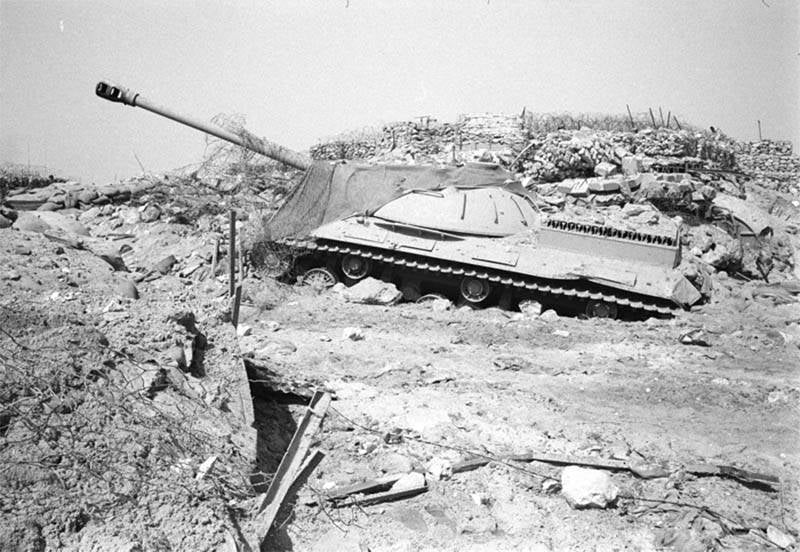
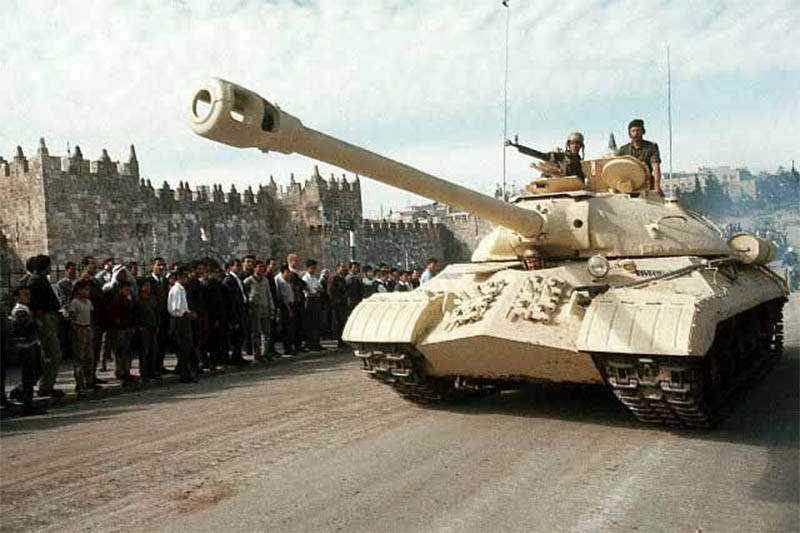
The IS-3 (IS-3М) heavy tanks could have become a serious enemy for the Israelis, but this did not happen, despite the fact that several M48 tanks were destroyed by them. In a highly maneuverable battlefield, the EC-3 tank was losing to more modern Israeli tanks. The low rate of fire, limited ammunition and outdated fire control systems, as well as the inability to work in the hot climate of the B-11 engine, had an effect. In addition, the lack of combat training of the Egyptian tank crews also affected. The morale and morale of the soldiers who had not shown steadfastness and stubbornness was also low. The latter circumstance illustrates well the unique from the point of view of tank battle, but a typical episode for the “six-day” war. One JS-3M tank was shot down in the Rafah area by a hand grenade that accidentally flew into the ... open turret hatch, as the Egyptian tank crews went into battle with open hatches to be able to leave the tank more quickly if it was defeated.
The retreating 125 Tank Brigade soldiers simply abandoned their tanks, including the EC-3M, which the Israelis got in perfect condition. As a result of the “six-day” war, the Egyptian army lost the 72 tank EC-3 (EC-3М). By 1973, the Egyptian army had only one tank regiment, which was armed with the EC-3 (EC-3М) tanks. To date, data on the participation of this regiment in the fighting is not.
But the Israel Defense Forces used the EC-3M captured tanks before the beginning of the 70-s, including as a tank tractor. At the same time, the worn out B-54K-IC engines were replaced with B-54 from T-54A captured tanks. On the part of the tanks, simultaneously with the engine, the roof of the logistics also changed, obviously, along with the cooling system. One of these tanks is currently located at the Aberdeen Proving Ground in the USA.
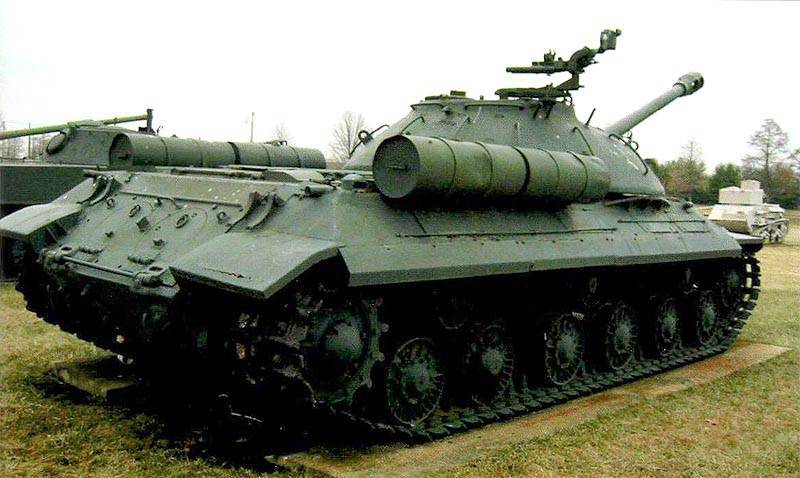
For the Arab-Israeli war 1973, the Israelis removed engines and transmissions from several EC-3M tanks, and placed additional ammunition at the vacated places. These tanks were installed on inclined concrete pads, which made it possible to ensure the angles of elevation of the barrels of tank guns to 45 °. Two such EC-3 tanks were used during the “War of attrition” in 1969-1970 in the fortified point “Tempo” (“Okral”) of the so-called “Bar-Lev Line” (the northernmost fortified point located along the Suez Canal) 10 km south of Port Said). Two more EC-3 tanks equipped in the same way were installed in the fortified point “Budapest” (on the Mediterranean coast, in 12 km east of Port Said). After the stocks of captured ammunition for the D-25T cannons were exhausted, these vehicles again fell into the hands of the Egyptians during the fighting.

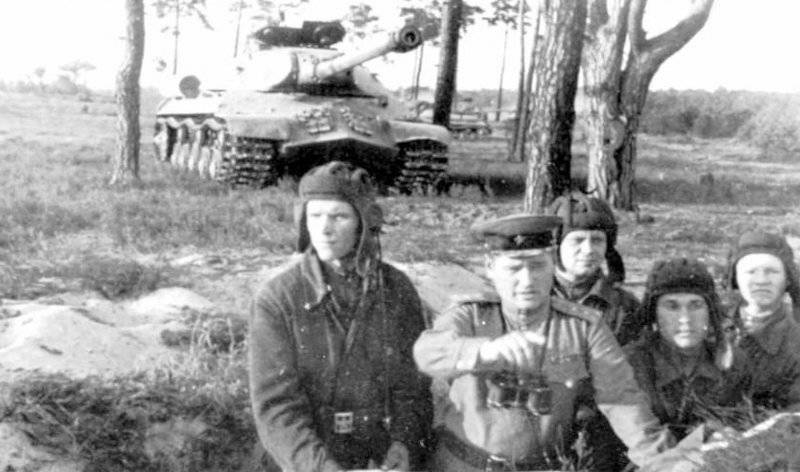

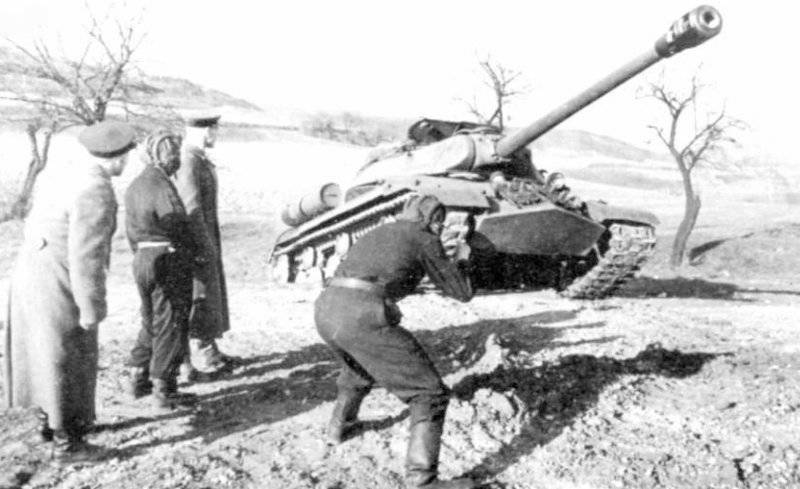
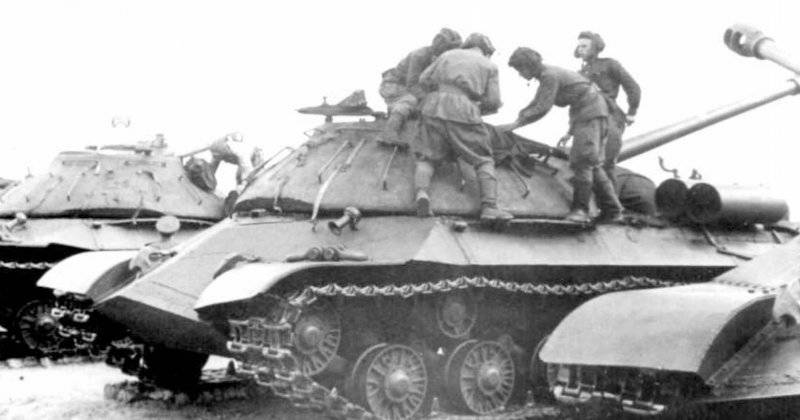
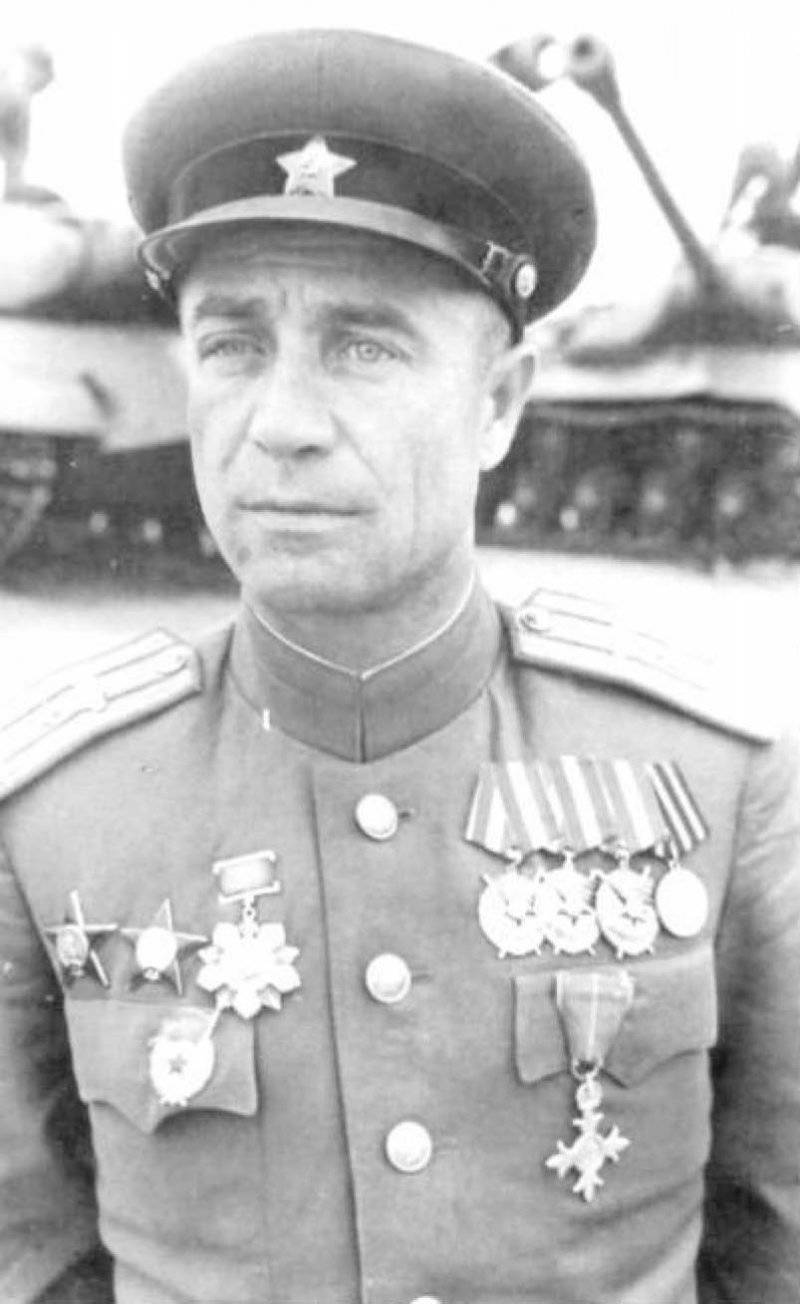
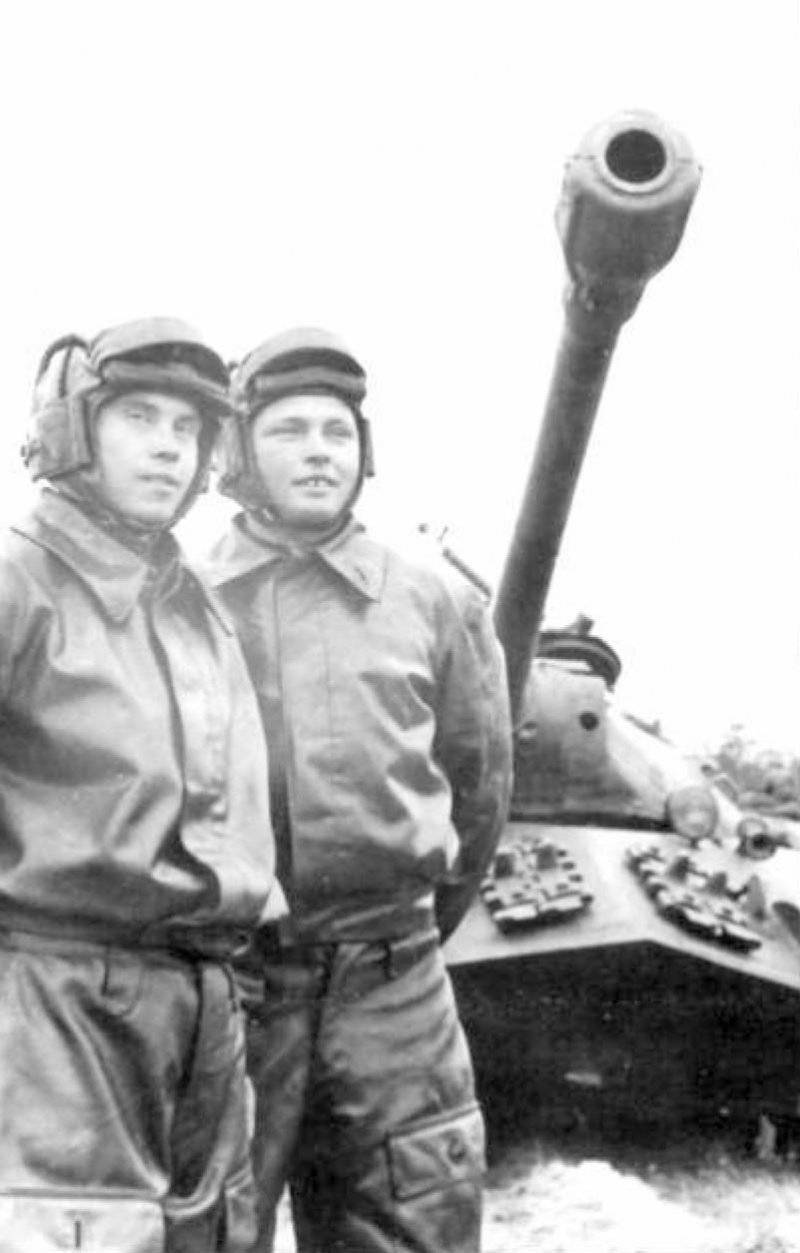
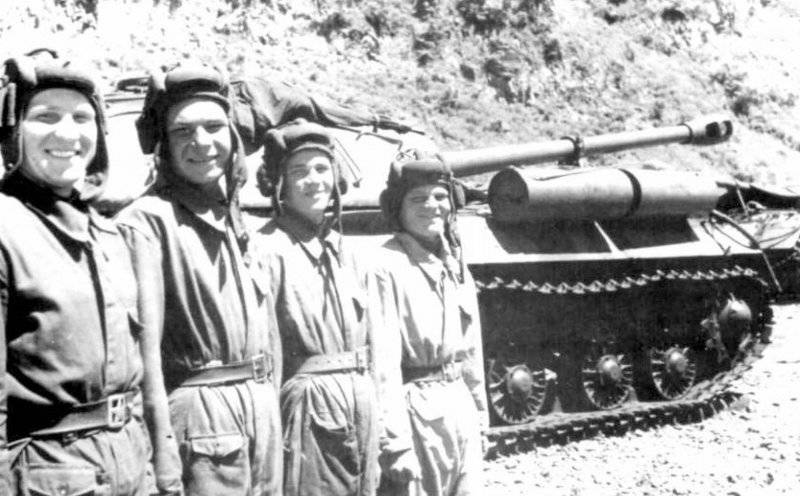
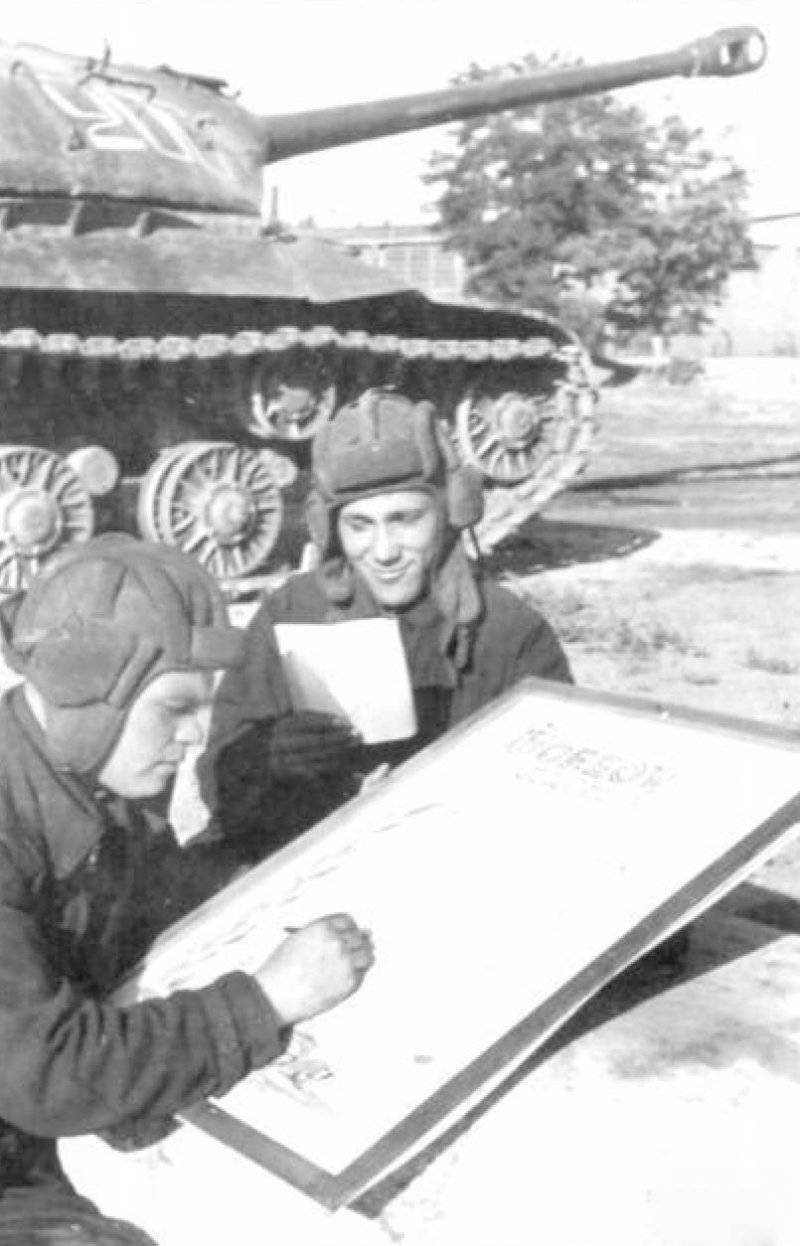
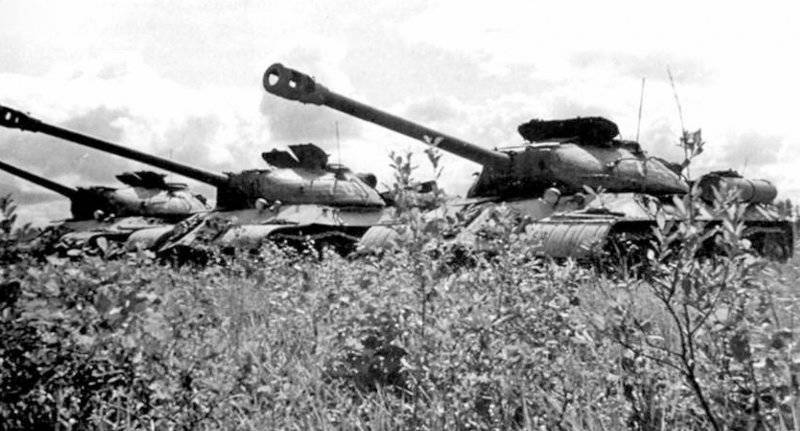
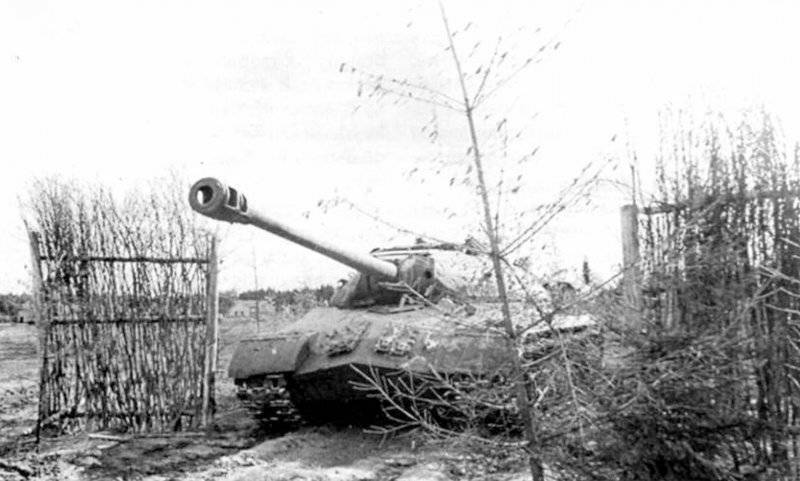

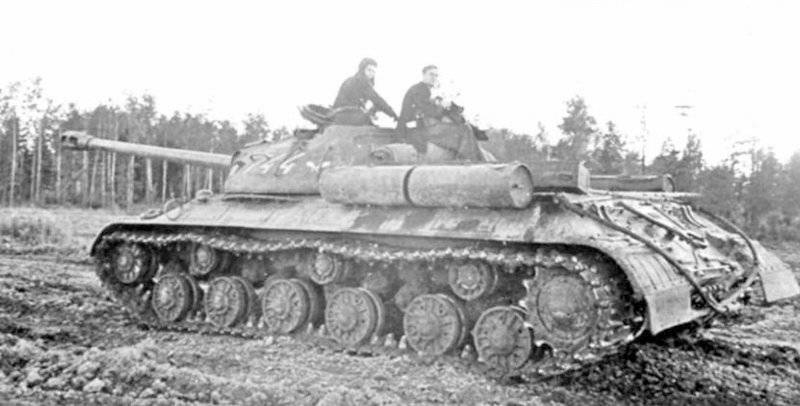
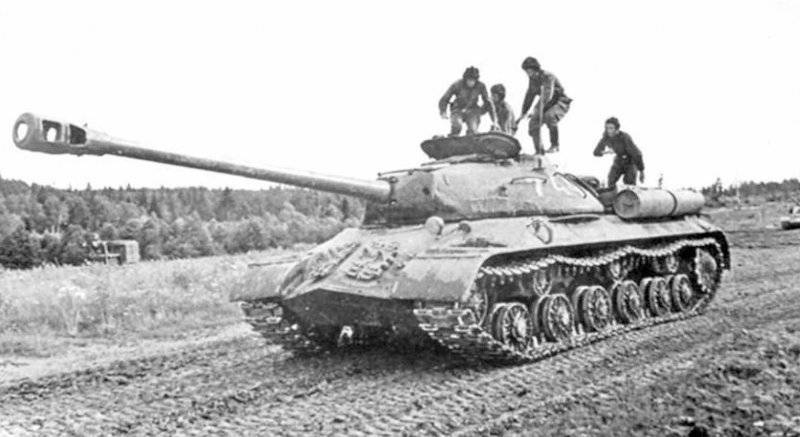


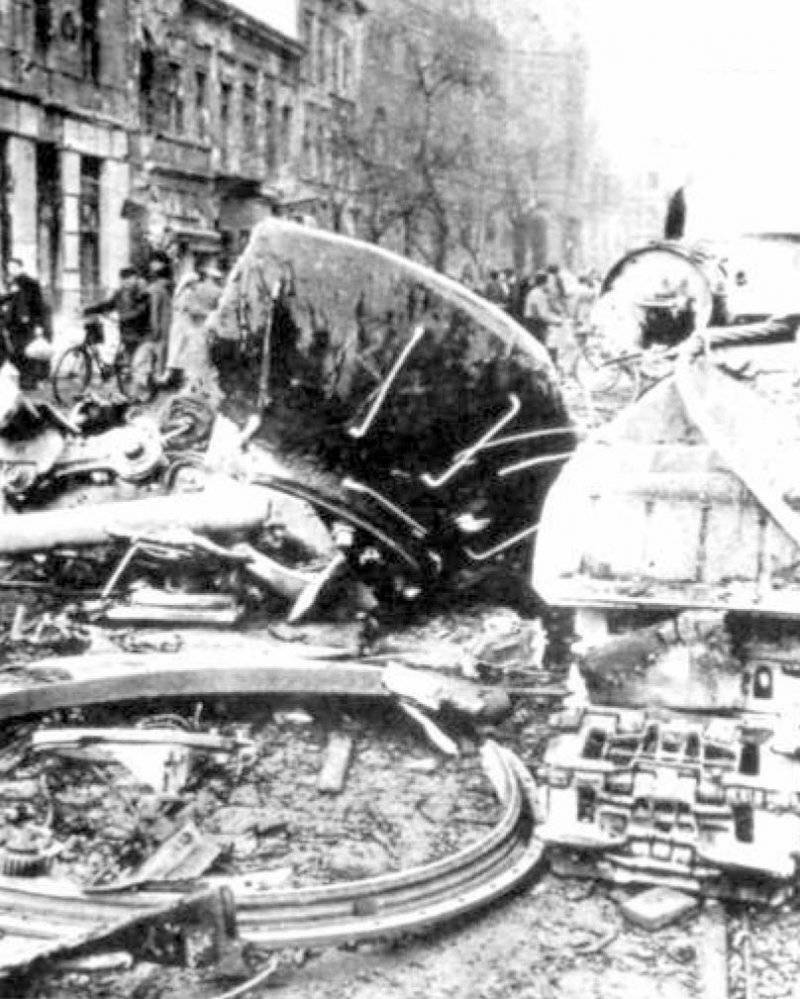
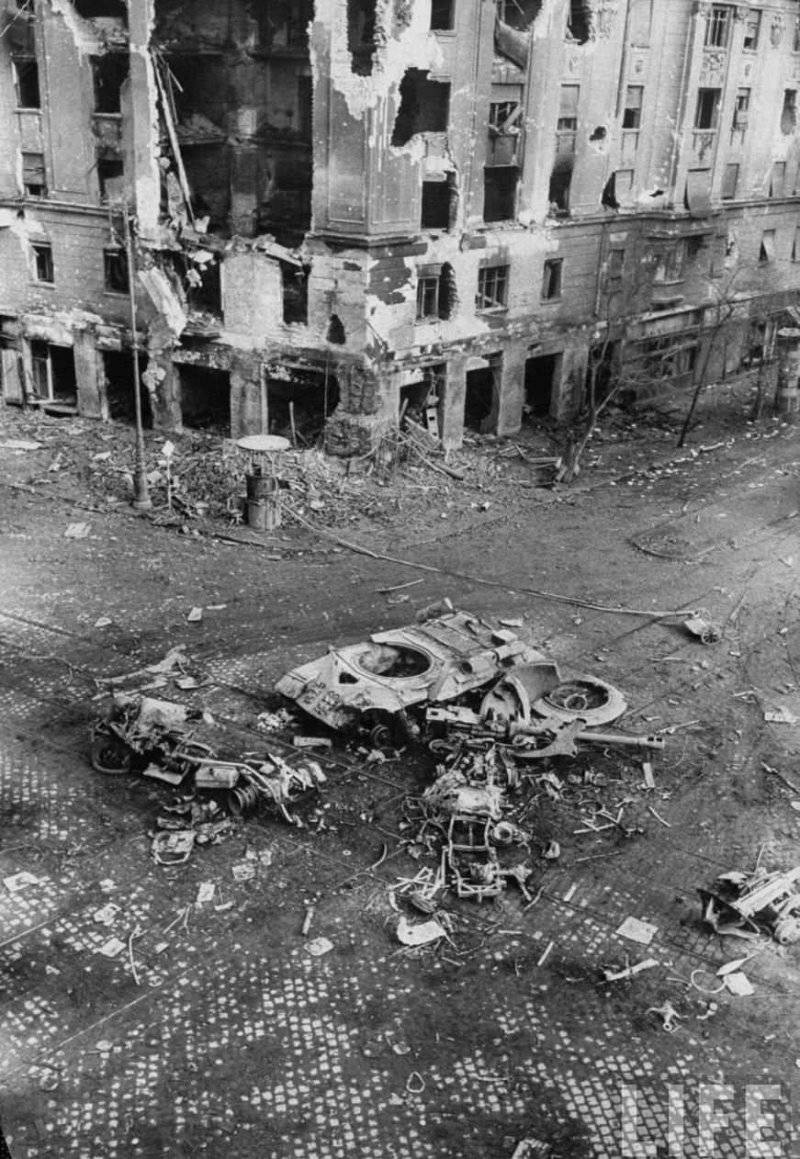
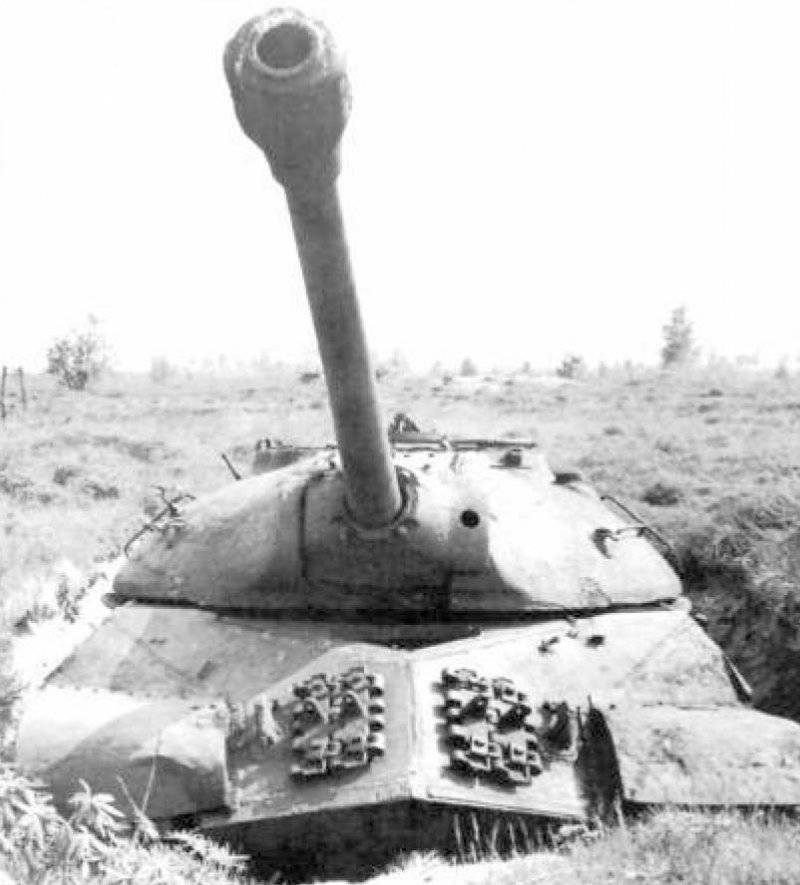
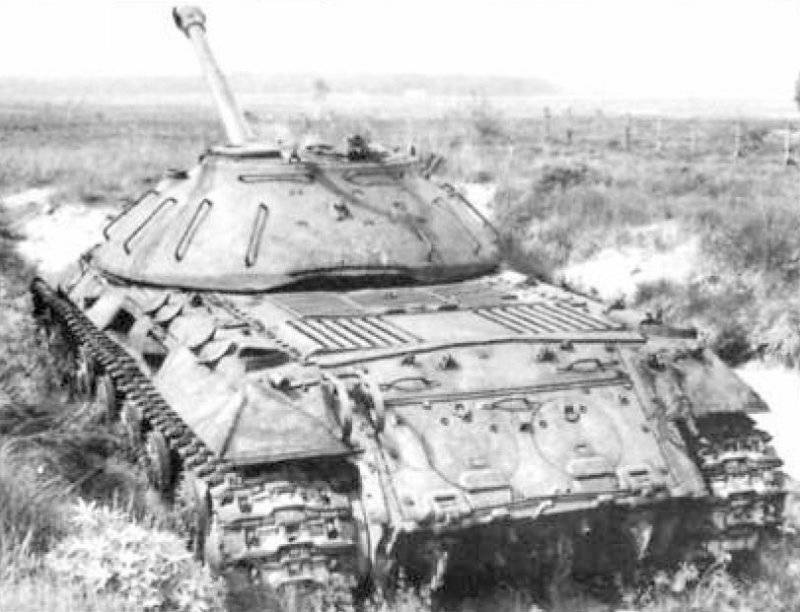
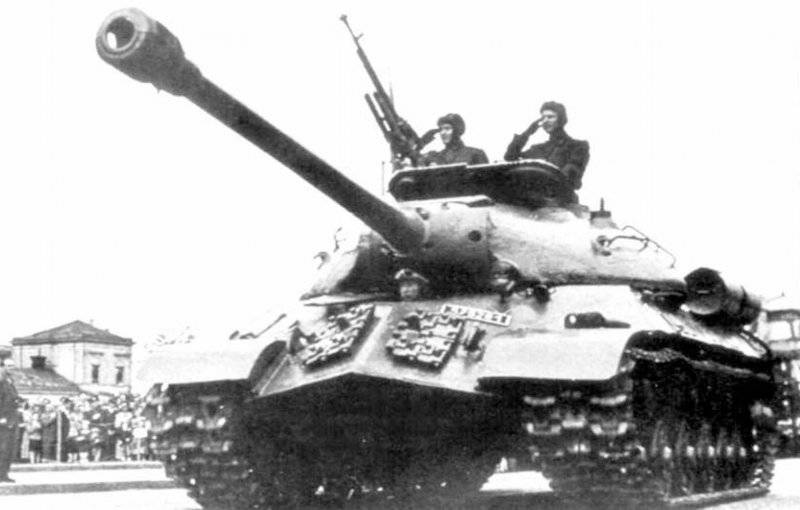


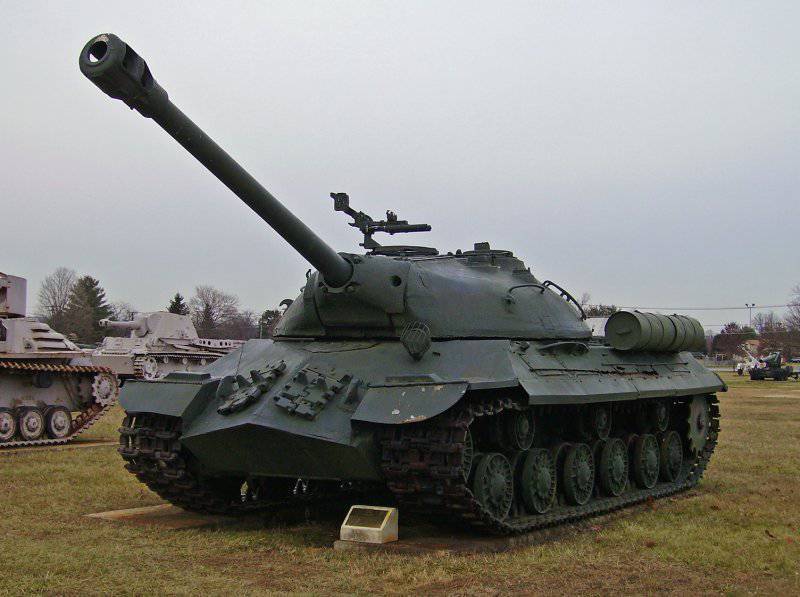
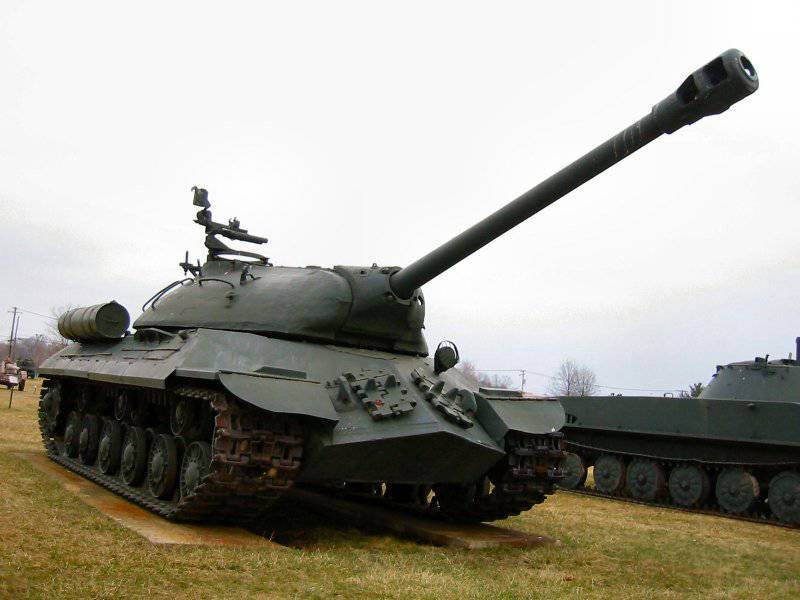
Information